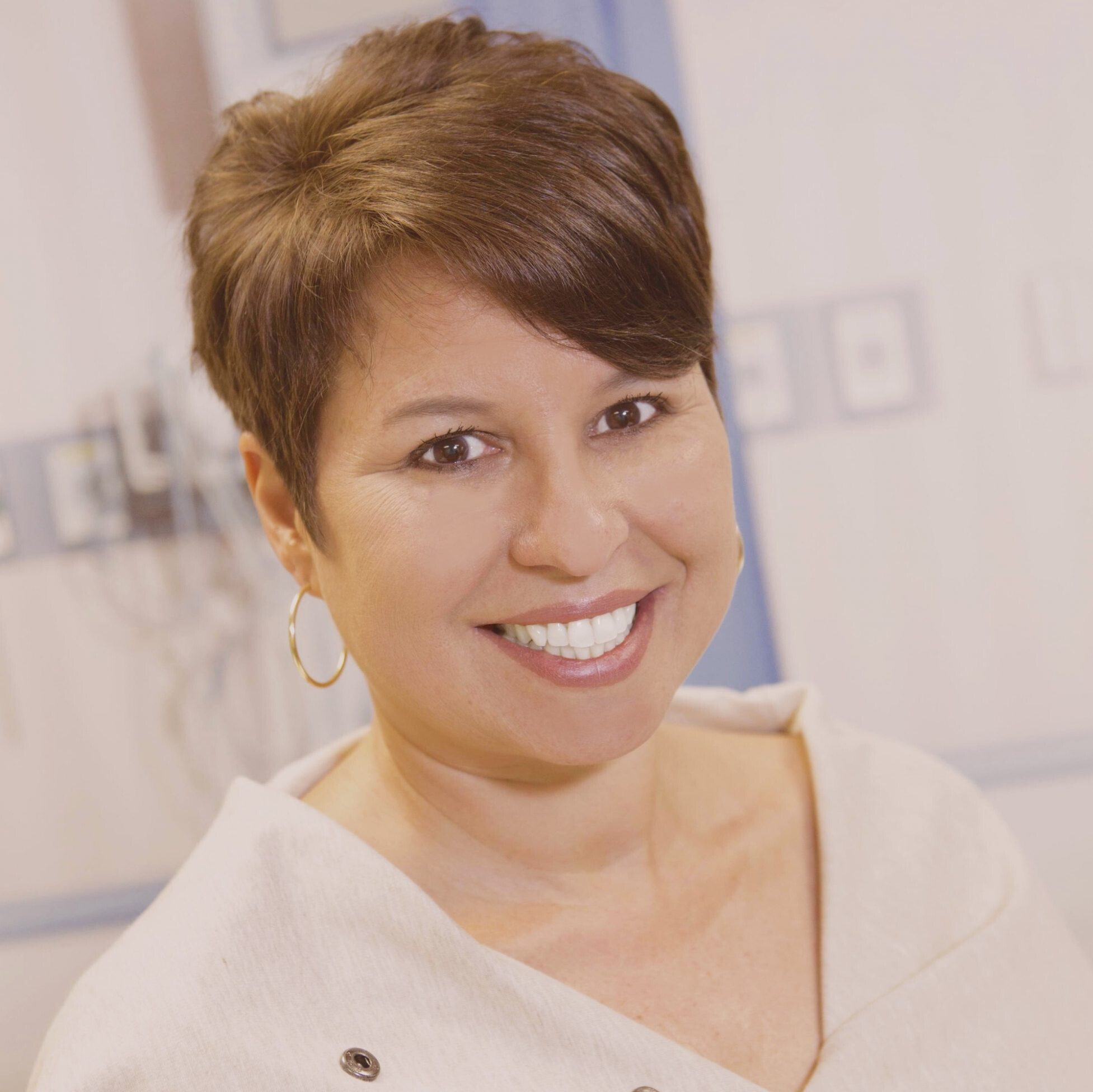Developing nursing leaders in healthcare simulation is a need, now more than ever. Laura Gonzalez and Desiree Diaz share their thoughts.
How do you go from Simulationist to Simulation Leader?
It starts with great simulation. At its core, simulation provides an opportunity for nurses to practice their skills and apply knowledge in a safe learning environment. The idea of leading the development of simulations related to caring for the whole family, especially after delivering bad news, prevention of deteriorating symptoms, and unforeseen events, can be facilitated by the nurse.
The understanding that every healthcare professional has a role in the successful health of the patient is key and can be incorporated into simulation-based education. Simulation offers an opportunity to practice essential communication and caring techniques that one may not be comfortable with. The nurse can work within the simulated environment to enhance resource utilization and optimize techniques that promote improved patient outcomes.
Starting is the hardest part of the simulation journey. There are the Healthcare Simulation Standards of Best Practice (HSSOBP)TM of INACSL that can guide your efforts. Think of a situation that could have been handled better by the team, by the nurse, or even by yourself. Reflect on what you thought could have been improved or enhanced in that situation. The next step is to create a simulation scenario based on that experience. The HSSOBPTM has a design standard that can guide your creation of a simulation. If you are curious, read about the standards at the end of this article1.

Once they have honed their craft, it is time for simulationists to rise up and assume leadership roles within the space in which they work. How do we develop nursing leaders in healthcare simulation? If you are looking for a change and value simulation, it may be daunting to find a way forth. Now more than ever, we need strong leaders in simulation. These roles take many shapes: educators, researchers, and industry partners.

The need for strong nurse leaders in healthcare simulation was never more important. Nursing education makes up a large percentage of simulation usage: up to 90% of all baccalaureate programs use some sort of simulation,2 yet there is not enough nursing representation when it counts. Reasons for this include lack of time: nurses are extremely busy with patient care, educating new nurses and caring for their own families.
Being included in the discussion is necessary to improve patient safety through simulation. Ask yourself: «Do I have time to devote to my local simulation alliance?», «Can I start a simulation alliance?», «Are there organizations such as the International Nursing Association of Clinical Simulation and Learning (INACSL) where I can volunteer my time and make a difference?». Consider running for leadership positions and enlist your peers and colleagues to include you in decision-making opportunities where a nurse’s voice is needed. In today’s digital world, geography has been reduced to screen time. We can overcome distance and time zones to work together. Nurses can study and research novel ideas that contribute to the body of simulation science, nurses are needed as subject matter experts.
The call is to rise up, take one step at a time. We are here to support you!
1 INACSL et al. (2021). Healthcare Simulation Standards of Best PracticeTM. https://www.inacsl.org/healthcare-simulation-standards
2 Smiley, R. (2019). Survey of simulation use in pre-licensure nursing programs: Changes and advancements, 2010-2017. Journal of Nursing Regulation, 9(4). 48-61. https://doi.org/10.1016/S2155-8256(19)30016-X
READ ALSO








































